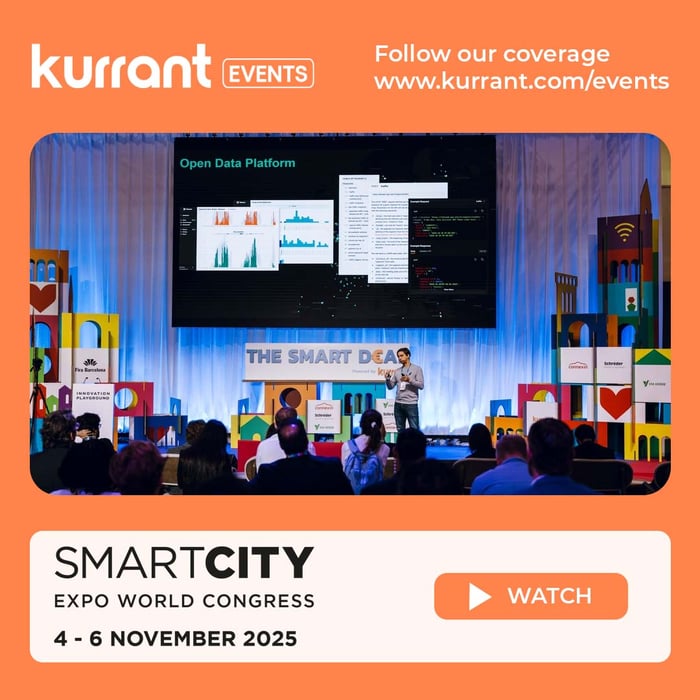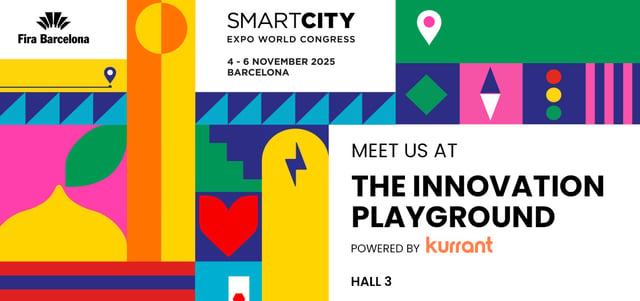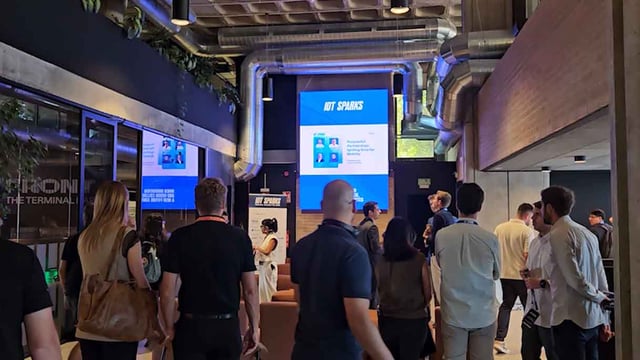The city of Vannes has selected Citylinx a multi-vendor, TALQ-certified supervision and control platform to centralize and modernize its public lighting network. The deployment covers around 9 500 light points and 185 connected cabinets, enabling real-time management, energy monitoring, adaptive scheduling and centralized maintenance.
With this move, Vannes joins a growing number of municipalities embracing smart-city lighting management technology to optimize energy use, simplify maintenance, and improve operational oversight.
What the city of Vannes is seeking from this upgrade
Centralized monitoring and control
The city aims to move away from fragmented, vendor-specific systems and toward a single interface capable of displaying the entire lighting network in real time. This centralized view should allow operators to access light points, cabinets, sensors, and controllers, regardless of manufacturer, making day-to-day supervision more consistent and less complex.
Improved Energy Management
Vannes is looking to support programmable schedules, dimming strategies, and adaptive lighting behaviors that can be adjusted according to seasons, events, or operational priorities. The city also seeks detailed monitoring of energy consumption and the ability to flag irregular usage or trends to better inform its long-term energy planning.
More Efficient Maintenance and Incident Handling
A key objective is to streamline maintenance through consolidated alarms, accessible maintenance histories, and integration with GIS and CMMS (GMAO) systems. With these capabilities, the city expects to reduce manual patrols, identify faults more quickly, and prioritize interventions based on clearer operational data.
Interoperability and Room for Expansion
To avoid dependence on any single hardware supplier, Vannes is prioritizing solutions based on open standards such as the TALQ Smart City Protocol. This would ensure that new lighting devices, controllers, or sensors can be added over time without requiring major system changes.
Capacity for Broader Smart City Integration
The city also intends to prepare for future connections between public lighting and other urban systems, including traffic management, parking, environmental monitoring, or building energy management. A platform capable of supporting these integrations would help Vannes progressively develop a more coordinated smart-city infrastructure.
For a municipality like Vannes, this project now lays the groundwork for not only efficient public lighting but also future integration of other smart-city functionalities: traffic, parking, environmental monitoring or building energy management.




